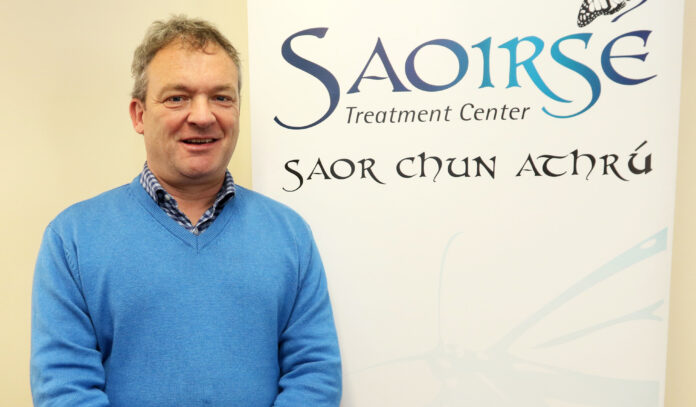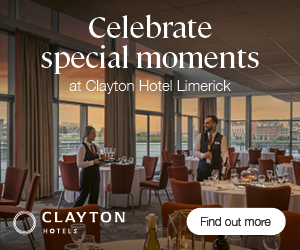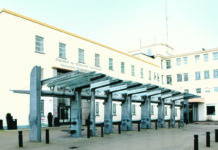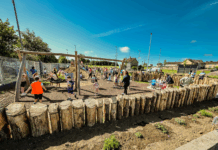
THE Saoirse Addiction Treatment Centre in the centre of Limerick City has a set of very steep stairs that clients – and staff – must physically climb before they can enter into a space dedicated to doing battle with the demons.
In some ways, the team there believe it’s a symbolic rise out of addiction, which is taken one step at a time.
“The goal is abstinence but we have an initial harm reduction programme that moves on to recovery and aftercare,” project manager Alan Galvin tells the Limerick Post.
Working in a three-phase process, the service is completely free to the client and non-residential, addressing the different stages that support people to move out of active addiction, whether that is drinking, using drugs, or gambling.
The first phase of treatment at Saoirse’s out-patient service, Alan says, is screening and starting harm reduction and eduction “to stabilise people who are still in active addiction”.
“We often say that you can’t change what you don’t understand. If they don’t understand what addiction is doing to their lives, there is no hope of changing. That’s why education and understanding is so important.”
Saoirse takes an integrated approach to recovery, using tools such as psychological services, one-to-one counselling whenever it’s needed and group support as well as the ‘Twelve Steps’ approach used by Alcoholics Anonymous.
After the initial phase of meetings, clients are asked if they wish to commit to the recovery part of the programme, which lasts 12 weeks.
The final phase is the aftercare programme, which clients are asked to commit to for a year minimum. Alan says that two years is ideal for the programme, but some continue to get support from Saoirse beyond that.
An average rolling client list for Saoirse is between 130 and 140, while up to 400 clients a year are helped in direct treatment.
In 2022, Saoirse interacted with 615 clients, 332 of whom engaged in the organisation’s programmes, 190 were crisis interventions, and 93 did not engage in a programme but had short term interventions, some because they were suicidal.
Out of the 332 who engaged in programmes, at the end of the year 146 were in treatment, 78 had completed treatment, 76 had reached short-term goals, 21 were “doing well”, four transferred to other agencies, four were hospitalised, and one went to prison.
The service also offers crisis intervention and a family programme for those who want to avail of it.
Being non-residential is an important part of the recovery offering for the service.
“We provide services for people who may not be in a position to go into residential care. An advantage is that the clients can go home every week and immediately put into practice what they have learned here.”
For clients, the struggle is reaching for recovery, for the service the struggle is funding.
“We are not funded from any one source for our projects, but a very large portion of funding comes from Regeneration funding, which will end this year,” says Alan.
“That is going to have a big impact on everyone involved and in delivering the services we have.”









